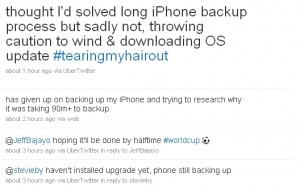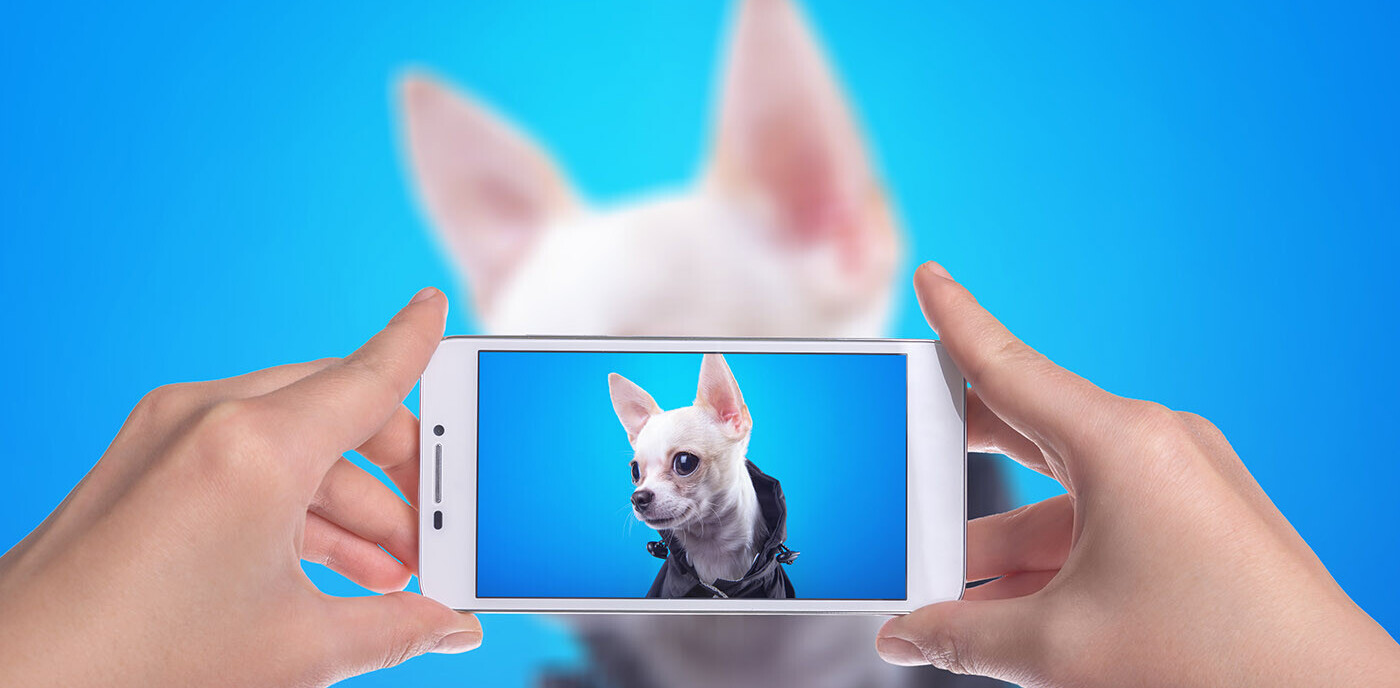
 First impressions count.
First impressions count.
When looking at someone’s Twitter page, it’s often in the first few seconds that the decision of whether to follow them is made. If you want to build your follower count, it’s important to think how someone else might perceive you. Here are some of the things that other users will be looking at when making the “do I follow?” decision.
Your avatar
![]() It’s the first thing you see. On an individual’s Twitter page, I expect to see a person. On a brand’s page, I expect to see their logo. Using twitter’s default avatar gives the impression that you’re not taking things too seriously, particularly if the first tweet was more than a week or two ago. A comic book character, a famous character from a movie or something along those lines – I immediately wonder what you’ve got to hide.
It’s the first thing you see. On an individual’s Twitter page, I expect to see a person. On a brand’s page, I expect to see their logo. Using twitter’s default avatar gives the impression that you’re not taking things too seriously, particularly if the first tweet was more than a week or two ago. A comic book character, a famous character from a movie or something along those lines – I immediately wonder what you’ve got to hide.
The “about” bit

- The name tells me if you’re a brand or a person. That’s not to say either is right or wrong, as long as its clear. If your name suggests you’re a person but your tweets suggest you’re a brand, something’s not right.
- Location is only likely to be of passing interest to most – unless your in the same city of course. Most people will follow people from across the globe but there are some places they’re bound to be more interested in than others. If you’re tweeting about something specifically local, then location is more important to include in your profile. If you’ve got something like “Everywhere” or “Wherever you are” then you better have good reason. Taxes are everywhere, most other things are not.
- A web link is good to include. Feel free to use your other social media profiles but circular linking to Twitter just looks silly. And try to avoid URL shorteners, a domain is informative.
- The bio is key to see if you’re tweeting about something the prospective follower is interested in. It’s good practice to give a brief description of what you’re going to tweet about, this helps people make their decision which makes it much more likely they’re going to decide in your favour.
The numbers
 A brief glance at your follower / following ratio says a lot. I personally don’t read too much into it but I know that a lot of people do so it’s worth being mindful of.
A brief glance at your follower / following ratio says a lot. I personally don’t read too much into it but I know that a lot of people do so it’s worth being mindful of.
Twitter is used to engage with people, people considering following you will be interested in seeing whether you’re selective. If you follow and are following thousands of people, it doesn’t give them the sense that you are. If your content is interesting and unique, they should still be happy to follow you but have the expectation that they’re more likely to pick up content from you rather than engage with you – which is okay.
Following Display
 The photo display is a great way to see if you follow anyone the prospective follower recognises. It’s a false economy because it only shows the 30 most recent people you’ve chosen to follow, but sometimes you’ll spot find a few familiar avatars. It helps to understand if there’s some common ground.
The photo display is a great way to see if you follow anyone the prospective follower recognises. It’s a false economy because it only shows the 30 most recent people you’ve chosen to follow, but sometimes you’ll spot find a few familiar avatars. It helps to understand if there’s some common ground.
The email notification saying that someone is following you says a great deal. I personally look to see how many people you’ve chosen to follow since following me. If I see you’re following just a few people since following me, then you’re probably selecting people individually. If I no longer see my mug on the board, you’re most likely using a bot system and I tend to lose interest.
Your tweets
 At the end of the day it all boils down to content. I look for a few things…
At the end of the day it all boils down to content. I look for a few things…
- Are you talking about topics that are interesting?
- Are you sharing insights and / or links that are interesting?
- Are you sharing content from a variety of different sources? I’ll be more inclined to following someone that exposes me to content that I’m not already seeing.
- Are there a lot of @ replies? This is neither good nor bad, it’s just an indicator that you actually engage with your followers rather than punt content at them. Most Twitter clients filter out @ replies not directed at the user anyway.
- How often do you tweet? Most will want to know just how active you are. This means being more interested in regularity rather than recency. You might only post every two or three weeks but if its interesting content though, that’s still fine. If you were last active months and months ago, probably not so fine.
The twitter background
Frankly, I personally don’t pay much attention to this but many do. A nice background is appreciated but using a Twitter standard background shouldn’t be a dealbreaker but might be for some. Once following someone you will rarely look at their profile page so this is quite unimportant.
Like everything else, this is personal to what you are looking to achieve on Twitter. If I were interested in graphic design, I suspect your background would be of considerable interest to me.
How should you interpret this?
The variables will probably be relevant to everyone, but your response to them will be driven by what you want to get out of Twitter. The decision to follow someone is a personal one, I am using Twitter for specific things and those things drive my decision making around choosing who to follow. Consequently, those are the things I look for when I see other people’s profile pages.
If you’re reading this with the desire to build a following, it might be worth considering whether all aspects of your profile communicate your message.
Get the TNW newsletter
Get the most important tech news in your inbox each week.





